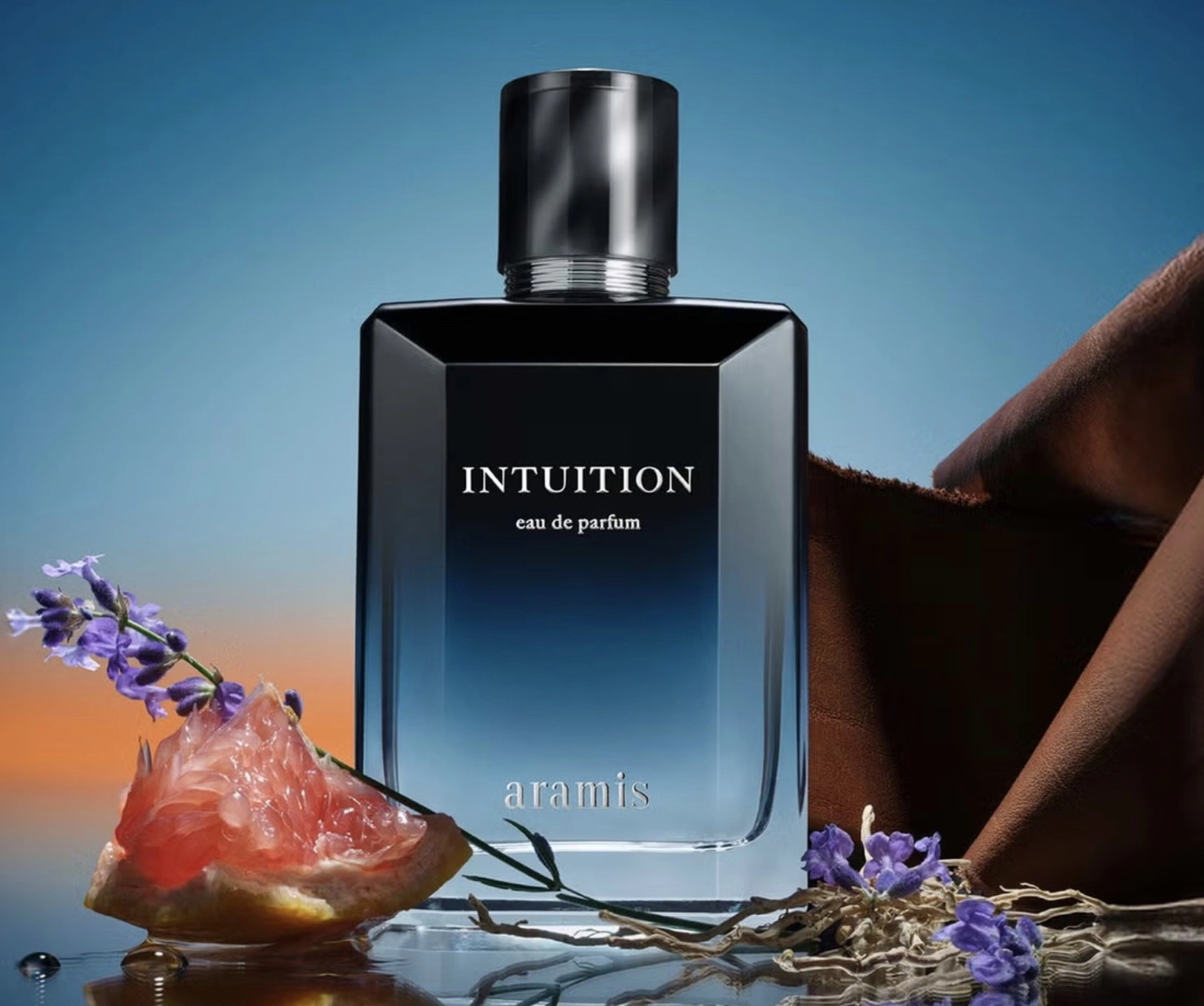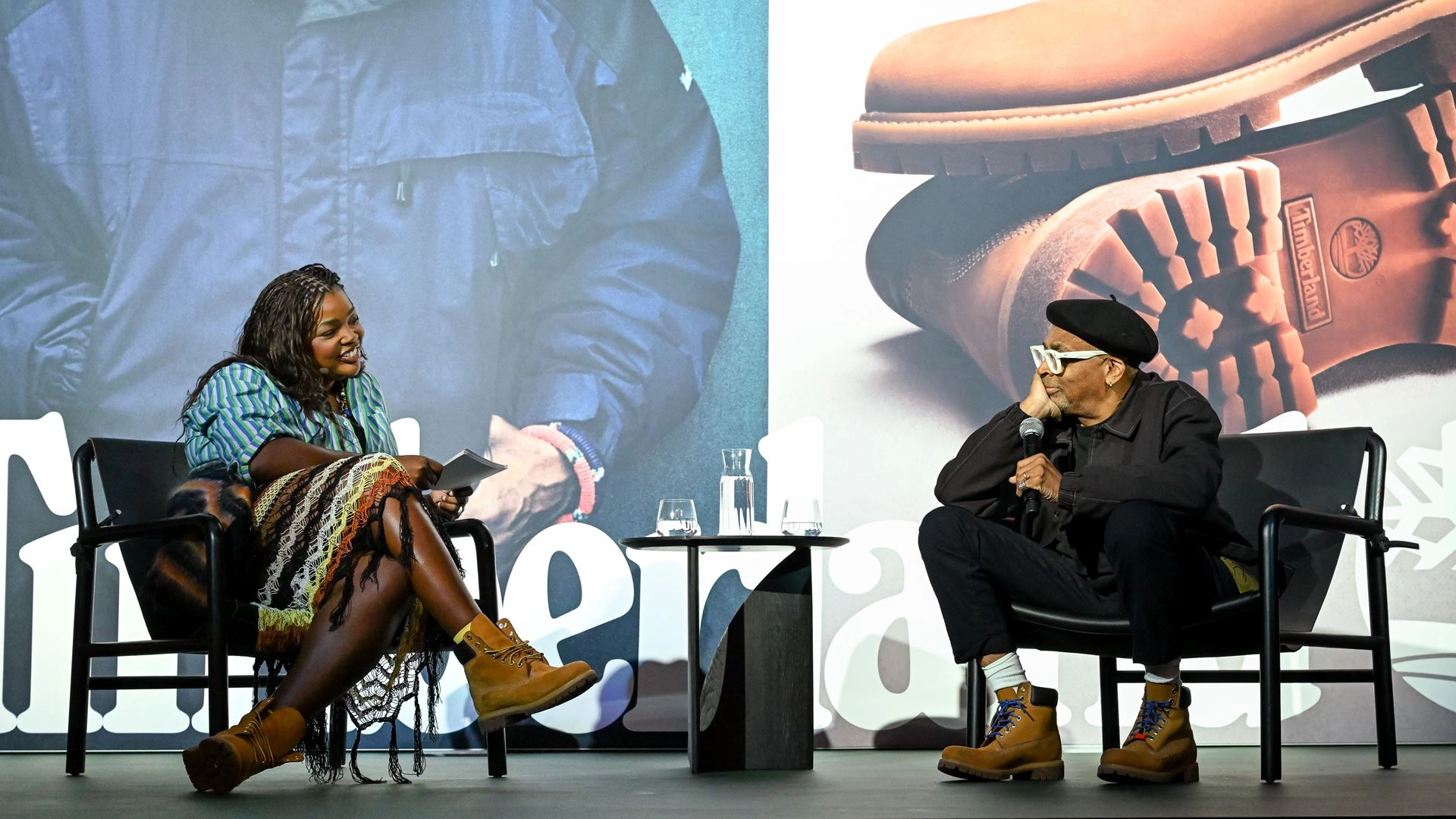Tucked away in Tribeca, among cobblestone streets and the glimmer of low-rise cast-iron facades, Brandy Library is not so much a bar as it is a sanctuary. With shelves reaching the ceiling, stacked meticulously with bottles aged for decades and flanked by leather-bound tasting notes, this establishment has earned its reverence not by peddling spectacle but by preaching scholarship. To step inside is to be inducted into a cathedral of oak, ether, and memory—a place where drink is not just consumed but understood.
And yet, in this venerable archive of the world’s rarest spirits, there is a conspicuous absence: Louis XIII by Rémy Martin, the famed ultra-premium cognac often touted as the pinnacle of luxury. Priced anywhere from $4,000 to over $40,000 depending on the edition, served in ornate Baccarat crystal, and steeped in brand heritage dating back to 1874, Louis XIII is as much status symbol as spirit. The question, then, is obvious—why would a bar dedicated to fine brandy intentionally snub what many consider its crowning jewel?
The answer lies not in snobbery, but in something far more rarefied: principle.
The Temple and Its Keeper
Brandy Library was founded in 2004 by Flavien Desoblin, a French-born spirits scholar with a reverent palate and a critical mind. Part bartender, part librarian, part archivist, Desoblin is a purist in the truest sense—unimpressed by marketing excess and committed to demystifying spirits without diminishing their magic. To him, every bottle behind the Library’s brass rail should serve as an educational conduit, a narrative artifact in liquid form. It is not about chasing luxury for its own sake but celebrating provenance, terroir, and the stories told through aging and craft.
Louis XIII, by contrast, is often presented not as a cognac but a concept—a legend assembled through orchestrated myth, celebrity endorsements, and theatrically engineered launches that feel more attuned to jewelry than to spirit. “I don’t carry Louis XIII,” Desoblin has said in multiple interviews, “because it is not a cognac that is meant to be discovered or discussed. It’s meant to be admired, displayed, gifted. That’s not what we do here.”
The Pageantry of Prestige
To understand Desoblin’s rejection, one must understand what Louis XIII has become. Crafted from a blend of up to 1,200 eaux-de-vie, some aged up to 100 years, and housed in a hand-blown crystal decanter inspired by a 16th-century flask found on a battlefield, it is undeniably a feat of craftsmanship. But more than that, it is a symbol—a shorthand for opulence that bypasses the language of tasting altogether.
The marketing of Louis XIII traffics in hyperbole and aura. At its most audacious, it launched a campaign featuring a bottle sealed in a vault to be opened in 2115—promising a cognac for a future generation, presumably after the ice caps have melted and the price of a dram rivals that of a Manhattan apartment. The drink is sold with fanfare but served with caution; it is not so much sipped as revered.
That’s precisely where Brandy Library draws the line.
Knowledge Over Notoriety
Brandy Library’s ethos is grounded in accessibility through understanding, not elitism through obscurity. Its menu reads like a manuscript, offering vertical tastings of Calvados, vintage Armagnacs from micro-distillers in Gascony, single-barrel Cognacs never sold outside their village of origin. Patrons are encouraged to converse with sommeliers, to explore obscure grape varietals, and to build a relationship with the evolution of a barrel, not the flash of a bottle.
In that context, Louis XIII simply does not fit. It does not invite comparison, does not allow for segmentation or vertical pairing. One does not study it; one submits to it. For Desoblin, that posture is antithetical to the entire mission of the bar. Louis XIII is the luxury equivalent of a monologue, whereas Brandy Library champions dialogue.
Indeed, his shelves are rich with lesser-known treasures that he would argue outshine Louis XIII in both complexity and soul. A bottle of Delamain’s “Le Voyage” or a 1960s vintage Darroze Armagnac from a single farm carry stories not built by PR firms but by generations of distillers whose names are unknown but whose hands are evident in every drop. These are the bottles that move Desoblin. These are the spirits that deserve the Library’s attention.
A Philosophy, Not a Gimmick
Some critics might argue that refusing to serve Louis XIII is itself a kind of branding, a performative purity that flatters its own image by attacking another’s. But to understand Desoblin’s stance as mere contrarianism is to misunderstand the environment he has created. Brandy Library does not reject luxury—it curates it. A pour of 1934 Bas-Armagnac or an 18th-century Cognac de Collection costs no less than a dram of Louis XIII, yet is served with context, reverence, and education.
The distinction lies in intent. Louis XIII, by its very packaging, asks to be consumed as a trophy. In contrast, Brandy Library’s offerings are selected because they whisper—rather than shout—their significance. Desoblin’s refusal is not a rejection of quality but of spectacle. It is a stance rooted in the belief that true luxury is not found in what dazzles most, but in what resonates deepest.
The Price of Authenticity
This posture has its cost. Desoblin has admitted that he could easily charge $1,000 for a single pour of Louis XIII and sell it regularly to tourists, executives, and bachelor parties. The bar could monetize the Instagram moment, cater to the performance of wealth. But doing so would fracture the very trust that binds its regulars to its mission. The credibility that Brandy Library maintains with connoisseurs, collectors, and the industry at large comes from the fact that every bottle on its shelf is there for a reason—not because it can be sold at a premium, but because it speaks to something profound.
That integrity attracts not just drinkers, but disciples. Writers, distillers, brand ambassadors, and historians find themselves orbiting this unassuming library in Tribeca, drawn not by velvet ropes or VIP lounges, but by the chance to discover something real. And increasingly, in a world where luxury is measured in marketing budgets, that kind of authenticity is the rarest spirit of all.
A Broader Statement About Spirits Culture
Desoblin’s decision not to serve Louis XIII also functions as a critique of the broader spirits industry. Over the past two decades, the rise of luxury spirits has mirrored the rise of luxury streetwear and limited-run fashion: exclusivity sells. Whether it’s an aged Japanese whisky released in a batch of 100 or a celebrity tequila brand launched with a Super Bowl ad, rarity has become the new proxy for value—even as taste becomes secondary to image.
Brandy Library subverts this trend by making even the rarest bottles intellectually accessible. Here, you are not sold a lifestyle; you are invited into a lineage. The refusal to carry Louis XIII is not a rebuke of success, but a call to remember that what elevates a spirit is not its pedestal but its provenance.
The Irony of Absence
There’s a certain irony to Louis XIII’s absence becoming its own point of conversation. In being excluded from one of the world’s most respected brandy bars, it gains a different kind of mystique—not as the unattainable grail behind bulletproof glass, but as the rejected artifact in a museum that otherwise houses everything. Patrons often ask why it’s missing, and in that moment, a dialogue is sparked. And perhaps that’s the slyest turn of all: in denying the cognac its place on the shelf, Desoblin has elevated the discussion around it to precisely the level of scrutiny that Louis XIII so often eludes.
And what is Brandy Library, if not a space designed to provoke inquiry?
Closing The Case with Quiet Defiance
At a time when taste is increasingly conflated with trend, Brandy Library’s refusal to serve Louis XIII is a quiet act of rebellion. It’s not a protest against the drink itself—Desoblin is the first to acknowledge its craftsmanship and the labor involved in producing it—but against the commodification of reverence. To serve Louis XIII would be to dilute the Library’s mission, to let noise into a space built for listening.
It is, in the end, a lesson in curation. To say “no” is sometimes the most potent way to say “yes”—yes to authenticity, yes to nuance, yes to spirits that are not just luxurious, but meaningful.
Louis XIII will remain elsewhere—on the penthouse shelves of hotel lounges, on the tasting flights of the ultra-rich, under glass domes in international duty-free stores. But not here. Not in the Library.
Not on Flavien Desoblin’s watch.
No comments yet.








